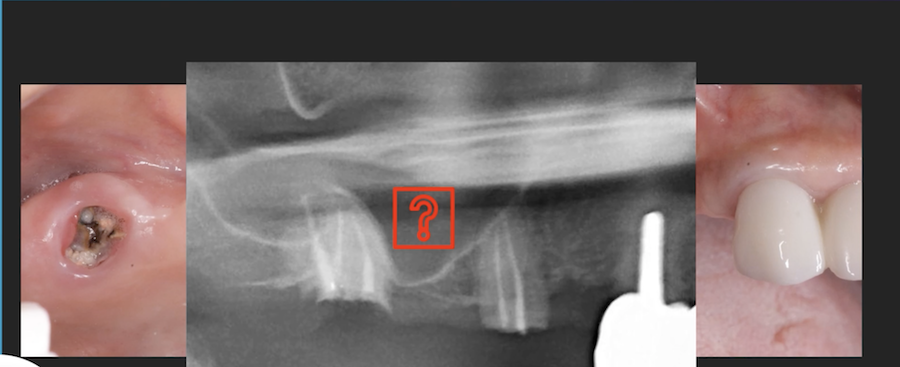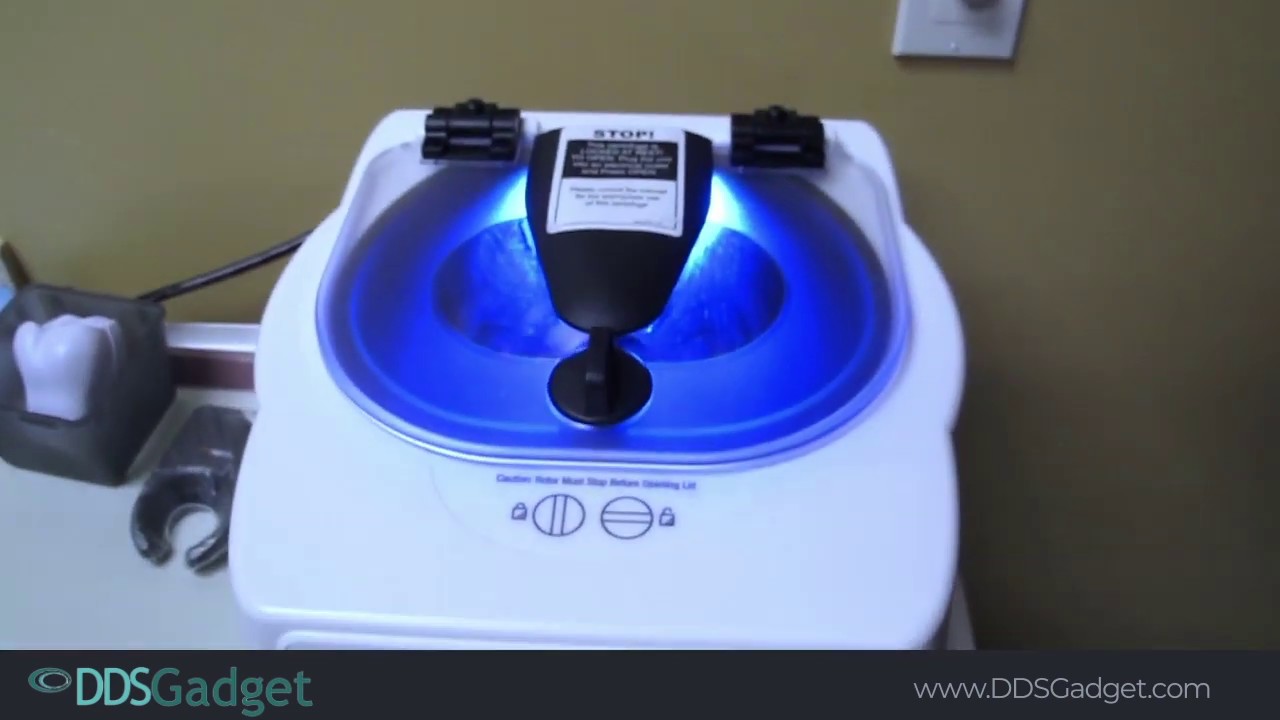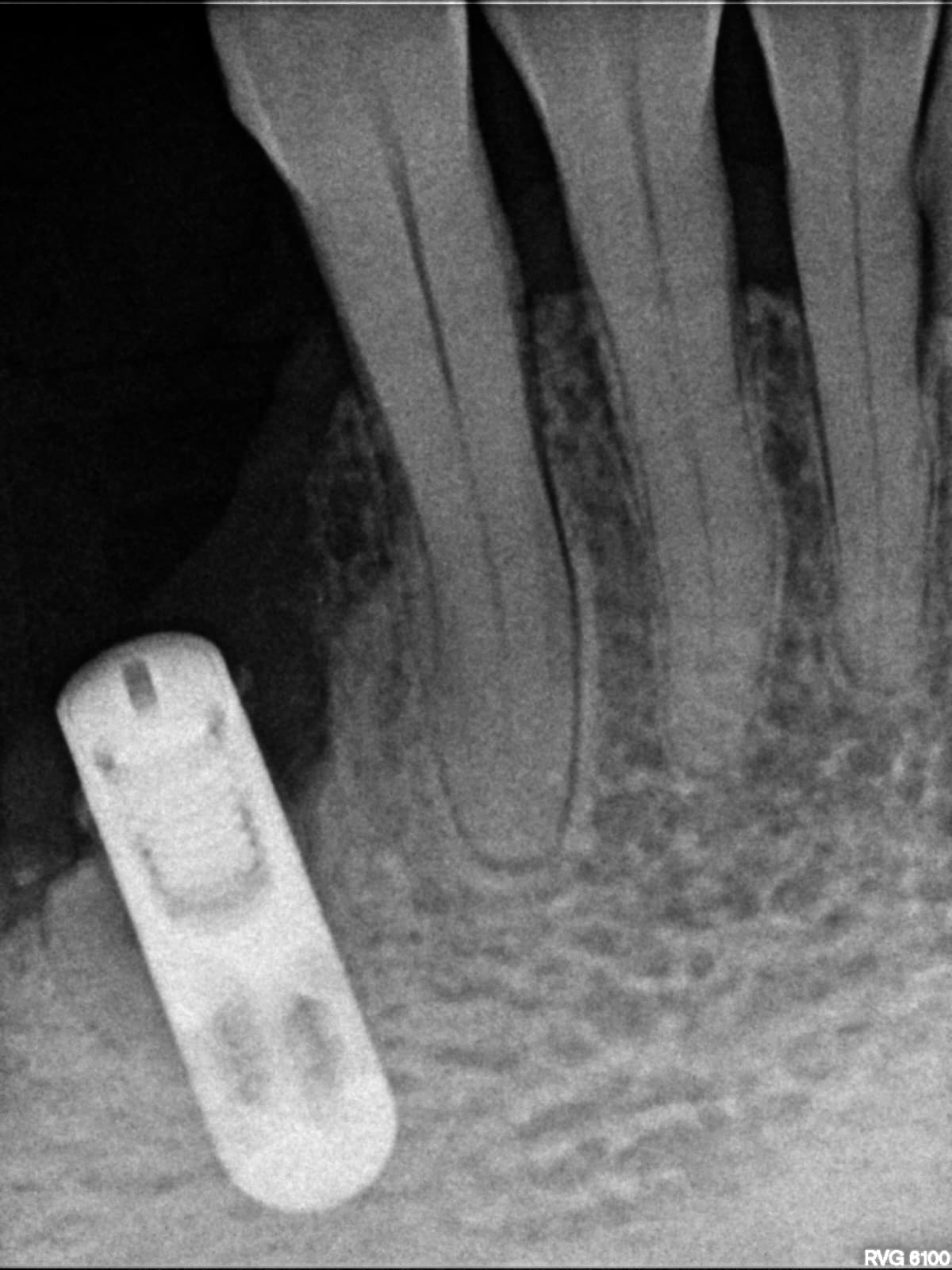Bone Resorption Leads to a Difficult Restorative Problem: Did I Have Better Options?
Dr. D. asks:
My patient presented with a history of avulsion 2 months prior of #9 [maxillary left central incisor;21]. When I laid a full thickness flap I found that the buccal cortical plate had resorbed to a depth of 5mm from the alveolar crest. I did bone expansion with an osteotome and placed a 3.5x10mm Osstem implant. The implant platform is just coronal to the lowest point of bone resorption on the buccal. This now becomes a very difficult restorative problem in that the crown will have to be long and will require a significant area of gingival colored porcelain. Would it have been better to do a bone graft to the resorbed ridge first and then come back later after graft integration to place the implants?
![]](https://osseonews.nyc3.cdn.digitaloceanspaces.com/wp-content/uploads/2011/08/submergedimplantinestheticzone.jpg)
![]](https://osseonews.nyc3.cdn.digitaloceanspaces.com/wp-content/uploads/2011/08/xrayshowingdefect.jpg)


















